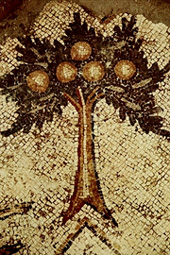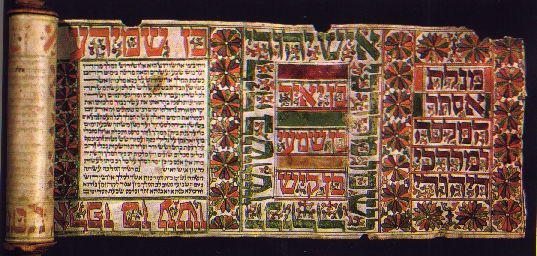| Orthodox Conversion to Judaism |
| Tu B'Shevat (Shevat 15) |
| The new year for trees. This day was set aside in the Mishna on which to bring fruit tithes. It is still celebrated in modern times. It is a holiday replete with praises, praise of the land of Israel and her celebrated fruits, and praise to G-d, Who gave His chosen land from which His eyes never turn, to His children for an eternal inheritance. In the 1600's, Rabbi Yitzchak Luria if Safed and his disciples created a short seder, somewhat reminiscent of the seder observed on Pesach, that explores he holiday's Kabbalistic themes. |
 |
| On Tu B'Shevat it is costumary to partake generously of fruits, and in particular, the species of fruit for which the Land of Israel is blessed -- wheat, barley, grapes, pomegranates, figs, olives and dates. |
| Purim (Adar 14) This festival commemorates the events found in the Book of Esther. The Shabbos preceding Purim is called Shbbos Zachor (the Shabbath of remembrance). The day before Purim - Adar 13 - is the Fast of Esther. The Book of Esther is written in the form of a scroll - the Megillah. It is chanted on Purim in the evening, and on the next day after the Torah reading. During the Megillah reading, the name of Haman is muffled out with noisemakers, groggers, and stamping our feet. It is a festive occasion and children and some adults dress in costumes. |
| Sushan Purim (Adar 15) |
| In the Book of Esther, the rejoicing in the walled city of Shushan took place one day later (Adar 15) than elsewhere (Adar14). Therefore, this day has come to be known as Shushan Purim. To the present day, Purim is observed on Adar 15 in such cities -- most notably Jerusalem -- as were walled cities at the time of the events described in the Book of Esther. |
 |